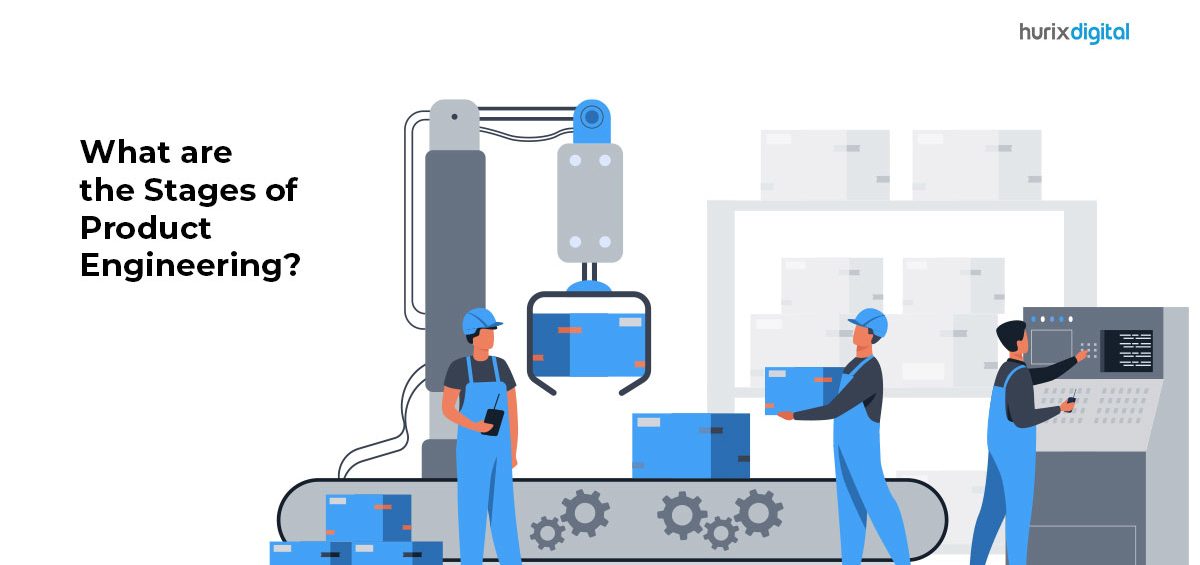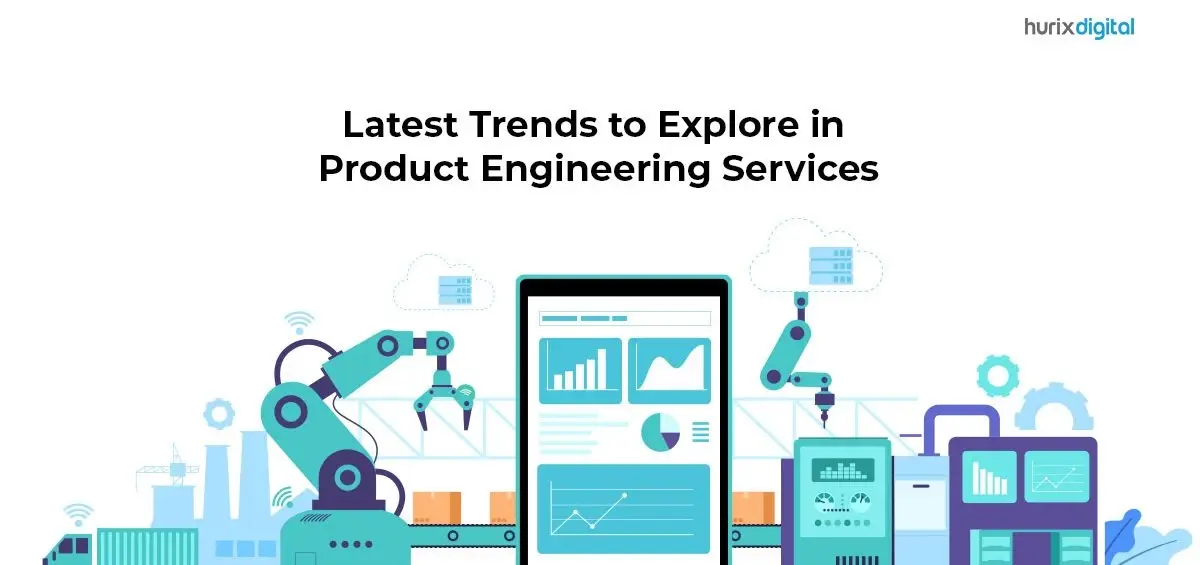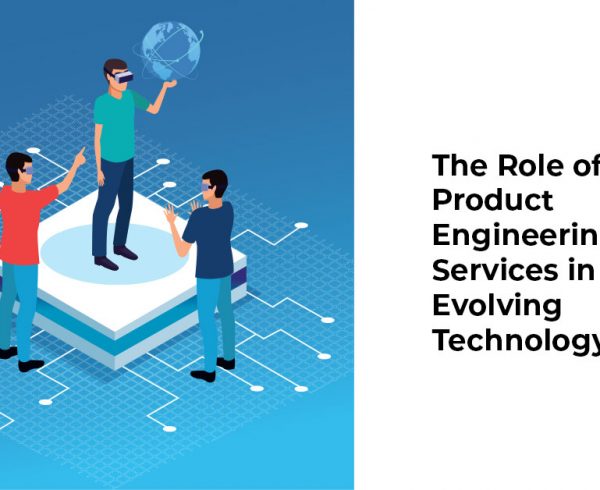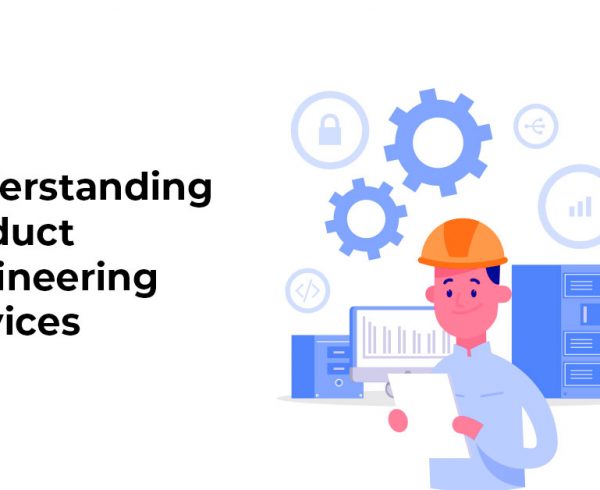Summary
This blog post is a detailed overview of the five stages of product engineering. It will help you understand the importance of product engineering and how it can be used to develop products that meet the needs of your customers.
In today’s competitive marketplace, getting a refined product out in one go is crucial. With so many alternatives from competitors vying for consumers’ attention, it’s more important than ever to create a product that meets their demands and exceeds their expectations.
That’s where product engineering comes in.
The practice of engineering a product follows several well-defined stages. Though they vary a little based on a specific type of product or industry, a few crucial stages are common across the board.
This blog post will take a closer look at these.
Table of Content:
- What is Product Engineering?
- What are the 5 Stages of Product Engineering?
Stage 1 – Ideation and Validation
Stage 2 – Product Design and Prototyping
Stage 3 – Product Development and Deployment
Stage 4 – Support and Maintenance
Stage 5 – Reengineering - Conclusion
What is Product Engineering?
Product engineering, in a nutshell, is a systematic method of product development that aids businesses in generating goods from design and conceptualization to end-of-life. It is an iterative method that can assist businesses in:
- Create products that meet the needs of their customers.
- Deliver value throughout the product lifecycle with constant updates and regular maintenance.
- Perform risk assessments and mitigation of poor product engineering practices.
- Increase the efficiency of the entire product development process.
Product engineering as a service is rapidly growing and is expected to reach a valuation of $1610.6 billion by 2031.
What are the 5 Stages of Product Engineering?
As mentioned earlier, the product development process follows a series of well-defined phases. When it comes to the digital world, the product engineering stages are as follows:
Stage 1 – Ideation and Validation
The ideation phase is the origin point of any new product. This is the phase where the flow of ideas and creativity is unrestricted. The ultimate goal of this phase is to brainstorm every aspect of the product in question.
This involves evaluating similar products already in the market, i.e., performing extensive competitor research, understanding how your target audience responds to them, and identifying any points your product can address.
While this phase seems simple on the surface, it can be pretty challenging once you dive into the intricacies. That said, there are specific strategies and frameworks in place that can help kickstart this process.
One effective technique is called the SCAMPER method. This method encourages thinking outside the box by innovatively reimagining existing products and services. Each product element is examined and subjected to various actions: Substitute, Combine, Adapt, Modify, Put to other use, Eliminate, or Reverse.
For example, you could already have a product that doesn’t work well in one scenario but may excel in a different market. You could also consider merging one or more of your existing production into one that can perhaps be a one-stop shop to address multiple pain points.
Another invaluable technique is to perform a SWOT analysis of your product. SWOT stands for Strengths, Weaknesses, Opportunities, and Threats and is a tried and tested strategy to see how your product fares when pitted again its competitors.
Stage 2 – Product Design and Prototyping
Now that you have an idea that seems feasible and has been validated, product design is the second stage of the product development process. This is where your product starts to take shape in terms of its technical, functional, and visual architecture.
When talking specifically about digital products, this stage involves creating wireframes and then mockups of what the UI/UX design of the product will look like. An extensive amount of time and effort is put into perfect user flows and the technical and functional aspects of the product.
The end goal of this phase is to create a prototype of a Minimum Viable Product (MVP) which can then be put through a series of rigorous tests, to get valuable feedback from target customers and stakeholders. The input and changes are incorporated, and the process is repeated until the product is ready to progress to the next stage in the product engineering cycle.
Stage 3 – Product Development and Deployment
In the product development stage, all the time and effort put into the previous stages culminate into a tangible and functional product.
This phase begins with extensive planning that determines the best technology stack, framework, and architecture for this specific product. In terms of methodology, agile product development is the gold standard today.
Once a viable plan is in place, a crack team of product managers, technical architects, designers, and developers come together to code and develop the product.
Testing and Quality assurance also play a vital role here. A dedicated team of testers and QA engineers focuses on rigorous testing and validation to ensure that the developed product aligns with the design specifications and exhibits high levels of usability. Once the product is given the green flag, it is launched to the market.
Also Read: Differences Between Quality Assurance and Quality Control
Stage 4 – Support and Maintenance
Support and maintenance are vital in ensuring your product delivers value throughout its life cycle. The world of technology never stands still; existing technologies may become redundant.
Bugs that manage to slip through the test phase may appear once the product has been put out into the market, or the client may need new or improved features.
A digital product needs continuous improvement, and this is one of the key pillars of Agile product development.
Stage 5 – Reengineering
Product engineering is not a fire-and-forget exercise. You can’t just launch a product and expect it to succeed without further effort. It needs constant improvement based on user feedback, market trends, and technological changes.
That is where the reengineering phase comes in, where the product is redesigned or redeveloped to meet new requirements or overcome existing limitations. It is a critical phase as it helps maintain the product’s competitiveness in today’s dynamic and volatile market.
Also Read: 10 Best eCommerce Content Management Services for Your Business
Conclusion
Generating ideas is easy, but bringing them to life with a viable product requires careful planning and execution. That is where the well-defined stages of product engineering come in and provide a framework necessary to navigate this complex process. If you are thinking about bringing your idea to market, be sure to research and understand the different stages of product engineering. With careful planning and execution, you can turn any idea into a reality.
That said, sometimes it’s best to leave the most complex aspects of product engineering to the experts. Hurix Digital’s Digital Technology and Engineering wing specializes in the digital transformation of products. With over 20 years of experience backed by 500 hundred strong teams of experts, Hurix Digital is all about creating digital excellence.
Contact us today if you want the best to transform your idea into a digital reality.










